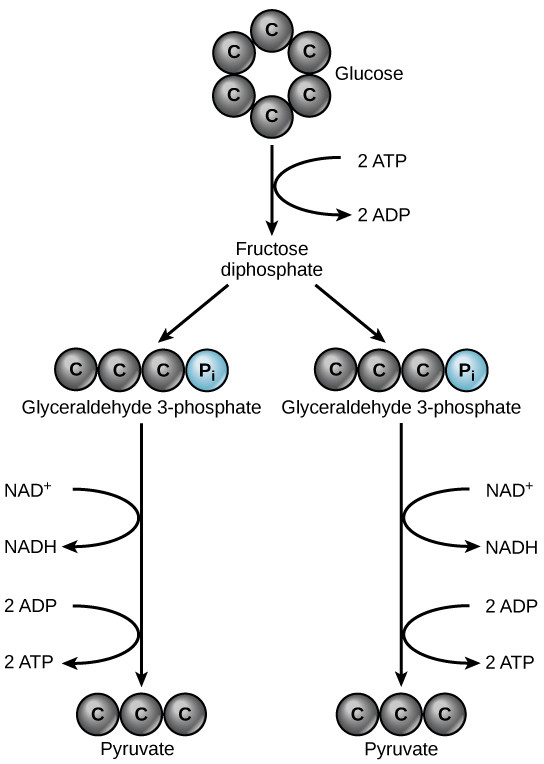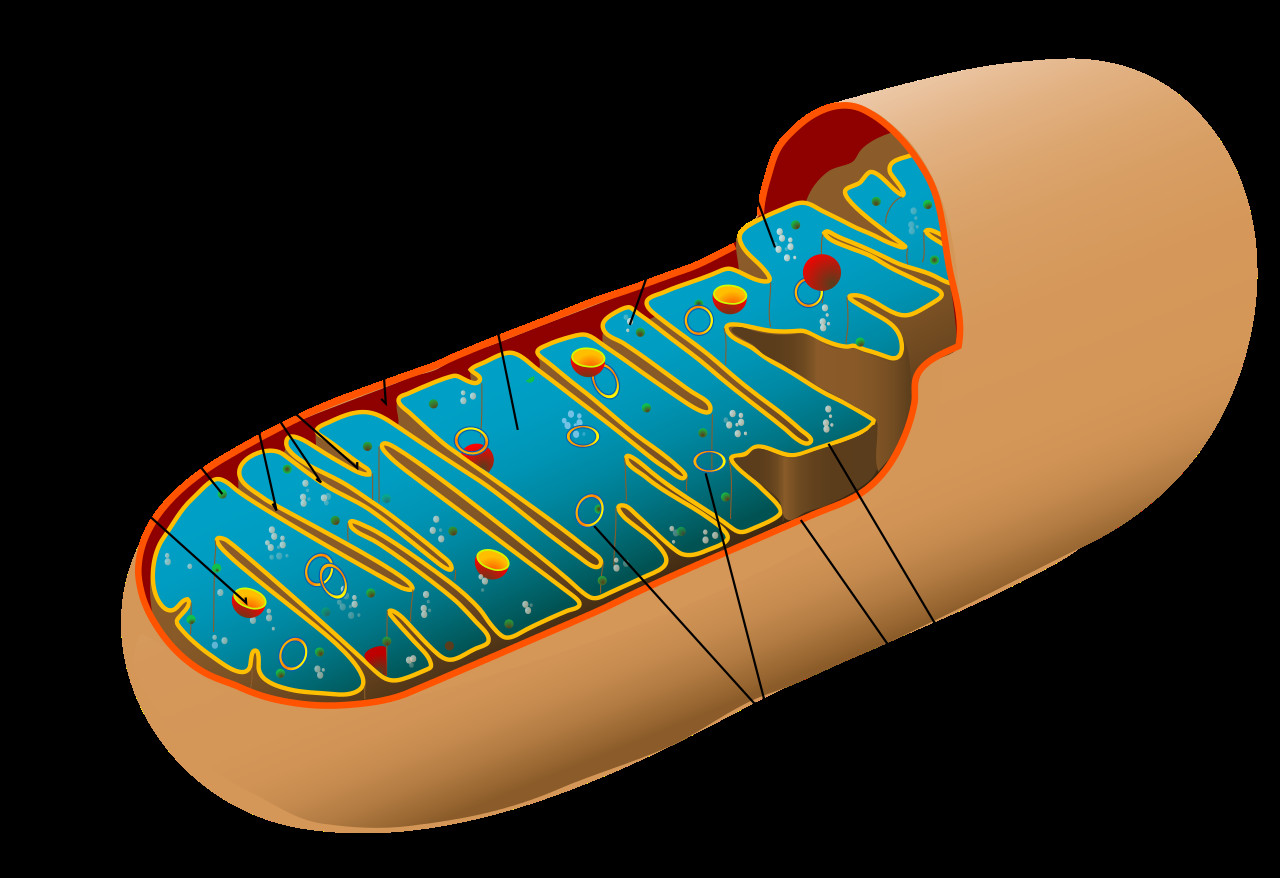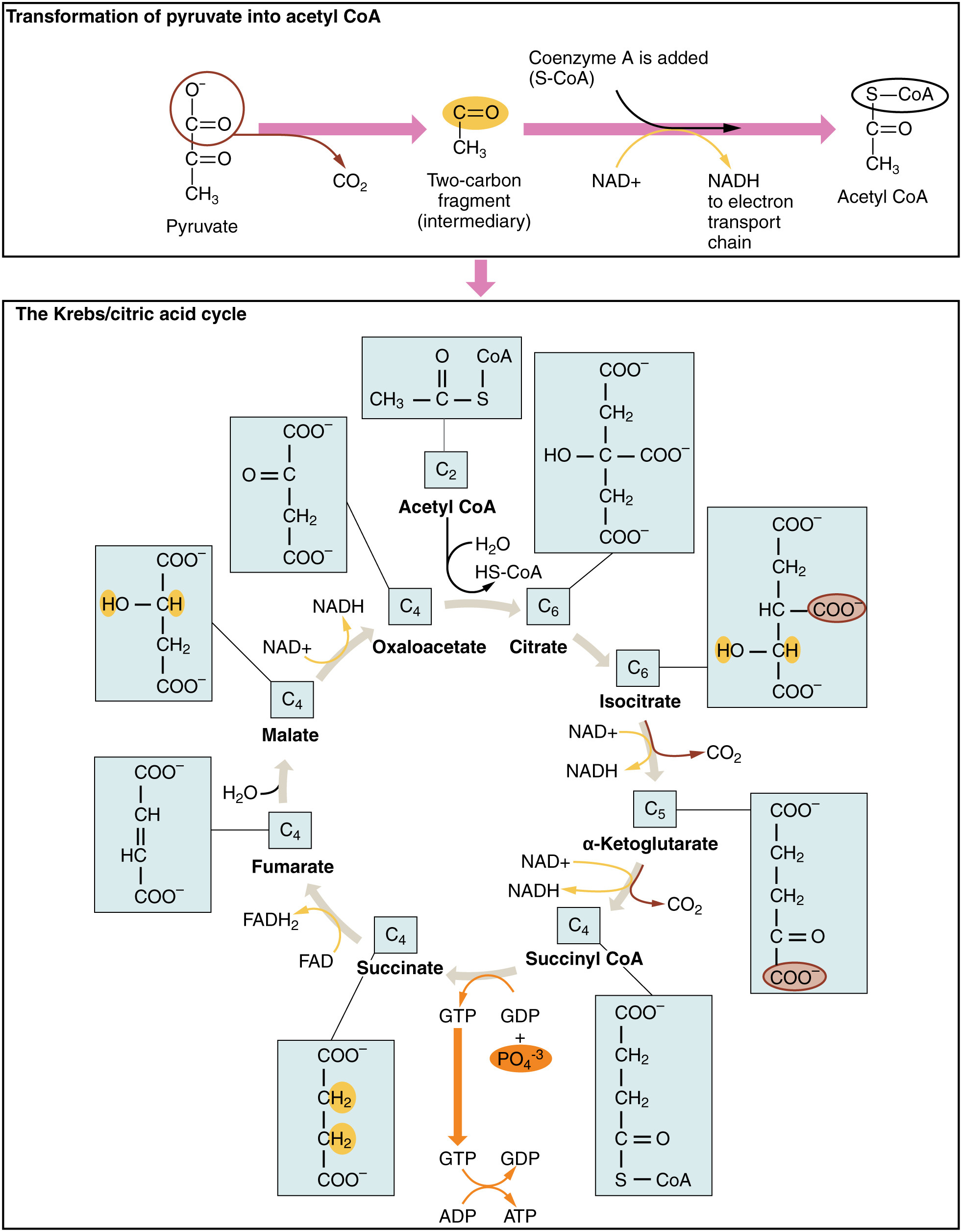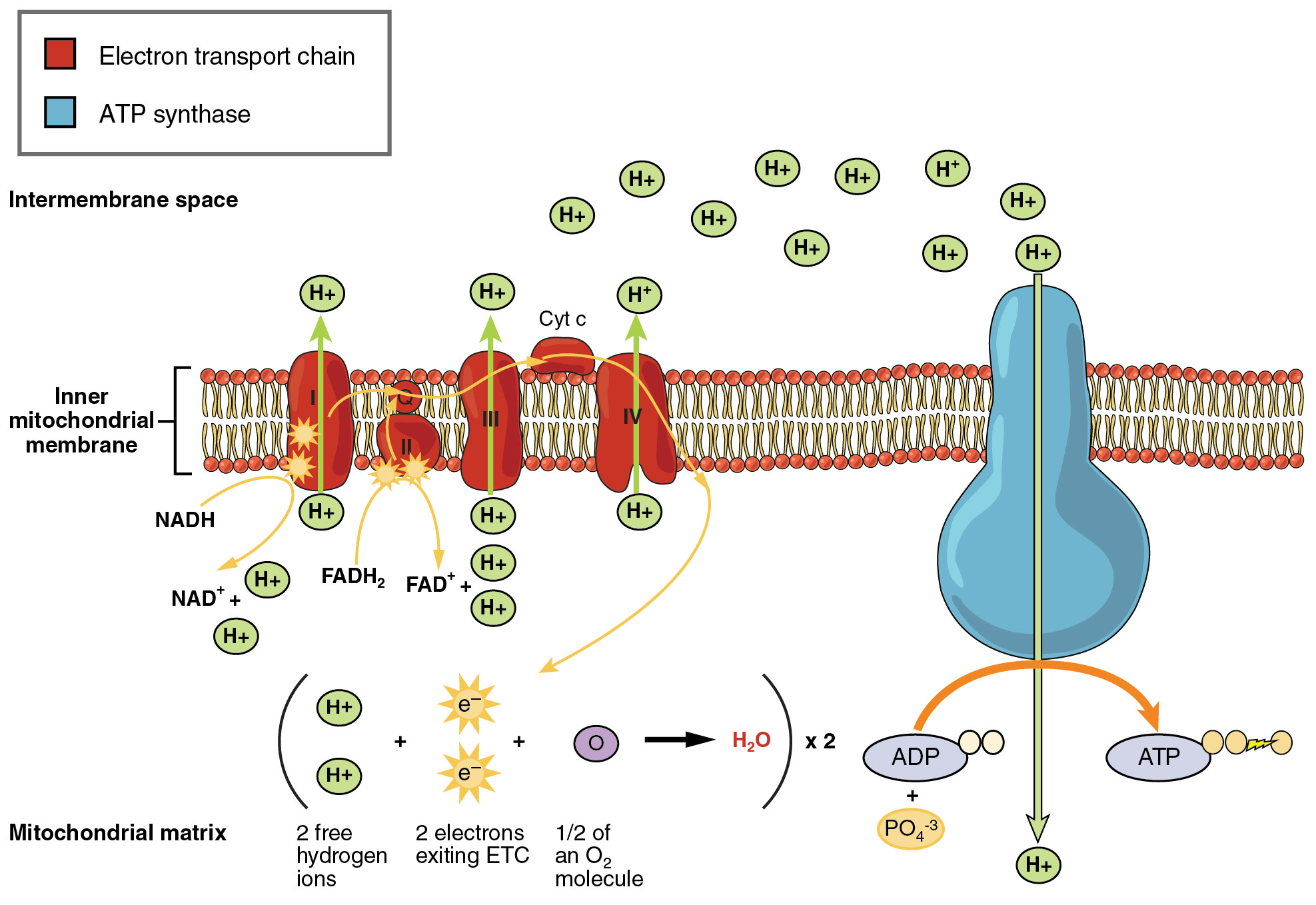Every living organism, from the smallest bacterium to the largest whale, requires energy to survive. This energy, powering everything from muscle contractions to thought processes, is primarily derived from a fundamental process called cellular respiration. But where does this vital process actually take place within the cell? Cellular respiration doesn’t happen in just one location; instead, it’s a multi-stage process occurring in different parts of the cell, specifically in the cytoplasm and the mitochondria. Understanding where each stage of cellular respiration occurs is crucial to grasping how cells efficiently extract energy from the food we eat.
Cellular respiration is essentially the process of breaking down glucose (a simple sugar) and other organic molecules to release energy in the form of ATP (adenosine triphosphate), the cell’s energy currency. This process is analogous to burning fuel to generate energy, but in a controlled, step-by-step manner to maximize energy capture and minimize energy loss as heat.
Unpacking Cellular Respiration: A Journey Through the Cell
To understand where cellular respiration occurs, we need to break down its main stages and pinpoint their locations within the cell. Cellular respiration is broadly divided into three main stages:
- Glycolysis: This initial stage occurs in the cytoplasm, the gel-like substance filling the cell.
- Krebs Cycle (Citric Acid Cycle): This stage takes place in the mitochondria, often referred to as the “powerhouses of the cell.” Specifically, it occurs in the mitochondrial matrix, the innermost compartment of the mitochondria.
- Oxidative Phosphorylation (Electron Transport Chain and Chemiosmosis): This final stage also occurs in the mitochondria, but specifically on the inner mitochondrial membrane.
Let’s delve deeper into each stage and its precise location within the cellular environment.
Glycolysis: The Cytoplasmic Beginning
Glycolysis, meaning “glucose splitting,” is the first step in cellular respiration and, importantly, it occurs in the cytoplasm of the cell. This location is consistent across all living organisms, from prokaryotes (cells without a nucleus) to eukaryotes (cells with a nucleus). Glycolysis is an anaerobic process, meaning it doesn’t require oxygen.
During glycolysis, a single molecule of glucose (a 6-carbon sugar) is broken down through a series of enzymatic reactions into two molecules of pyruvate (a 3-carbon molecule). This process involves several steps, each catalyzed by a specific enzyme. While glycolysis does require an initial investment of two ATP molecules to get started, it generates a net gain of two ATP molecules and two molecules of NADH (nicotinamide adenine dinucleotide), an electron carrier.
 glycolysis
glycolysis
Figure 1: Glycolysis, the first stage of cellular respiration, occurs in the cytoplasm. This process breaks down glucose into pyruvate, producing a small amount of ATP and NADH.
In essence, glycolysis is the preparatory stage of cellular respiration, partially breaking down glucose and producing a small amount of energy in the cytoplasm, setting the stage for the subsequent, more energy-yielding stages in the mitochondria.
Mitochondria: The Powerhouse for the Remaining Stages
The next two stages of cellular respiration, the Krebs cycle and oxidative phosphorylation, are both located within the mitochondria. Mitochondria are membrane-bound organelles found in eukaryotic cells. They have a unique double-membrane structure, consisting of an outer membrane and a highly folded inner membrane. These membranes create distinct compartments within the mitochondria, each playing a crucial role in cellular respiration.
 Animal mitochondrion diagram
Animal mitochondrion diagram
Figure 2: Diagram of a mitochondrion, highlighting its key structures: outer membrane, inner membrane (cristae), intermembrane space, and matrix. The Krebs cycle and oxidative phosphorylation occur within this organelle.
Let’s explore the specific locations within the mitochondria for the Krebs cycle and oxidative phosphorylation.
Krebs Cycle: Within the Mitochondrial Matrix
Following glycolysis, if oxygen is available, the pyruvate molecules produced in the cytoplasm are transported into the mitochondria. Specifically, pyruvate enters the mitochondrial matrix, the space enclosed by the inner mitochondrial membrane. Before entering the Krebs cycle, pyruvate undergoes a “preparatory” step called pyruvate oxidation or the transformation of pyruvate. In this step, pyruvate is converted into acetyl-CoA (acetyl coenzyme A), releasing carbon dioxide and generating NADH. This transformation also occurs within the mitochondrial matrix.
The Krebs cycle, also known as the citric acid cycle, is a series of chemical reactions that take place in the mitochondrial matrix. In this cycle, acetyl-CoA combines with a four-carbon molecule called oxaloacetate, initiating a series of reactions that oxidize the acetyl group, releasing carbon dioxide as a waste product. Crucially, the Krebs cycle generates high-energy electron carrier molecules, NADH and FADH2 (flavin adenine dinucleotide), and a small amount of ATP. The cycle regenerates oxaloacetate, allowing the cycle to continue as long as acetyl-CoA is available.
 The Krebs Cycle
The Krebs Cycle
Figure 3: The Krebs Cycle, occurring in the mitochondrial matrix, further oxidizes molecules derived from glucose, producing ATP, NADH, and FADH2, and releasing carbon dioxide.
The mitochondrial matrix is therefore the location where the Krebs cycle completes the oxidation of glucose derivatives, extracting more energy in the form of electron carriers and ATP.
Oxidative Phosphorylation: The Inner Mitochondrial Membrane
The final and most significant ATP-generating stage of cellular respiration, oxidative phosphorylation, occurs on the inner mitochondrial membrane. This membrane is highly folded into cristae, increasing its surface area and providing ample space for the components of oxidative phosphorylation.
Oxidative phosphorylation consists of two main parts: the electron transport chain (ETC) and chemiosmosis. The electron transport chain is a series of protein complexes embedded within the inner mitochondrial membrane. NADH and FADH2, generated in glycolysis, pyruvate oxidation, and the Krebs cycle, deliver their high-energy electrons to the ETC. As electrons are passed down the chain, energy is released and used to pump protons (H+) from the mitochondrial matrix into the intermembrane space (the space between the inner and outer mitochondrial membranes). This pumping creates a proton gradient across the inner membrane, with a higher concentration of protons in the intermembrane space than in the matrix.
Chemiosmosis is the process where the potential energy stored in the proton gradient is used to drive ATP synthesis. Protons flow down their concentration gradient, from the intermembrane space back into the mitochondrial matrix, through a protein complex called ATP synthase, also located in the inner mitochondrial membrane. ATP synthase acts like a molecular turbine; the flow of protons drives its rotation, which in turn catalyzes the synthesis of ATP from ADP (adenosine diphosphate) and inorganic phosphate.
 Mitochondrial oxidative phosphorilation
Mitochondrial oxidative phosphorilation
Figure 4: Oxidative phosphorylation, located on the inner mitochondrial membrane, utilizes the electron transport chain and chemiosmosis to generate the majority of ATP in cellular respiration.
Therefore, the inner mitochondrial membrane is the critical location for oxidative phosphorylation, where the majority of ATP is produced, leveraging the electron carriers generated in the earlier stages.
Summary of Cellular Respiration Locations
To recap, cellular respiration is a spatially organized process within the cell:
- Cytoplasm: Glycolysis occurs here, initiating glucose breakdown and producing a small amount of ATP and NADH.
- Mitochondrial Matrix: Pyruvate oxidation and the Krebs cycle take place in the mitochondrial matrix, further oxidizing glucose derivatives and generating more NADH, FADH2, and a small amount of ATP.
- Inner Mitochondrial Membrane: Oxidative phosphorylation, encompassing the electron transport chain and chemiosmosis, occurs on the inner mitochondrial membrane, utilizing the electron carriers to produce the vast majority of ATP.
Understanding where in the cell cellular respiration occurs is fundamental to appreciating the efficiency and compartmentalization of this essential life process. The separation of stages into the cytoplasm and mitochondria, and further compartmentalization within the mitochondria itself, allows for optimized conditions for each set of reactions and maximizes the overall energy yield from glucose. This intricate cellular organization ensures that living organisms can effectively harness energy to power their diverse functions and sustain life.

